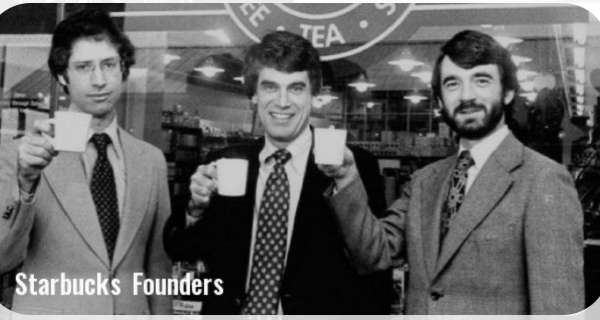Daniel Kahneman, a psychologist and Nobel Prize winner, has greatly influenced the field of behavioral economics. His studies on cognitive biases and decision-making have transformed how we comprehend human behavior. Through his work, Kahneman has shown how our decisions can be influenced by irrationality and biases, impacting various aspects of our daily lives. His findings have not only shaped the field of psychology but also have practical applications in areas such as finance, marketing, and public policy.
I was surprised to learn about the passing of Daniel Kahneman this Wednesday. Initially, I felt sad. Kahneman's (and Tversky's) works have influenced my thinking about probability and uncertainty in decision-making, inspired me to study psychology, and made me consider the limitations of probability in describing data generating processes. His book "Thinking fast and slow" not only inspired me scientifically, but also had a profound impact on my personal life. It was one of those books that prompted a change in my thinking and literally altered the course of my life. His work served as a reminder of the importance of sharing our thoughts and works with others. We never know when something we share can have a significant impact on someone else's life.

“We are prone to overestimate how much we understand about the world and to underestimate the role of chance in events.”
―Daniel Kahneman, Thinking, Fast and Slow
The dual process model—our mind has two distinct operating systems, which he calls System 1 and System 2. System 1 represents fast, inuitive, and effortless choices, whereas System 2 represents deliberate, difficult ones. .
Daniel Kahneman uses these two systems to explain how many of our decisions are made. He recognizes that these systems may or may not be reflected in our neurobiology, but either way, they are helpful tools to understand how we think. They also inform the title of his book Thinking, Fast and Slow. System 1, the fast one, is our automatic system: our System 1 is operating when we casually read signs on the highway, walk or drive a route we know by heart, or have an easy conversation with someone we know well. When we are using our System 2 (“slow”), we are exerting mental energy: doing long division, trying to follow new directions, or focusing intently on a high-stakes conversation.
When we think of ourselves, we envision our System 2, because this is the part of ourselves that makes difficult decisions, holds beliefs, and generally does the hard work. We live most of our life, however, in System 1, going through automatic motions without thinking them through. Being aware of this “dual process model” allows us to realize that many of the decisions we make are informed by chance, and may not ever even reach our System 2 for deep contemplation.
“The world makes much less sense than you think. The coherence comes mostly from the way your mind works.”
―Daniel Kahneman, Thinking, Fast and Slow
Kahneman came to this idea after years of behavioral science experiments he conducted with Amos Tversky. Together, they realized that when we exert mental energy trying to form a decision (using System 2), we are often overridden by our powerful but illogical System 1, which is automatic and designed to keep us alive.
A great example of System 1 interfering with System 2 is the Stroop effect. Named after its pioneer, John Ridley Stroop, the Stroop effect occurs when subjects are asked to read the names of colours written in different colours. For example, a series of names of colours will flash across a screen (blue, orange, yellow) but the words will be written in colours other than the ones they describe (ie. the word “blue” might be written in the colour red, the word “orange” might be written in the colour yellow, and the word “purple” might be written in the colour blue.) The subjects are asked to say the colour of the font, rather than the word written across the screen.
“Confidence is a feeling, which reflects the coherence of the information and the cognitive ease of processing it. It is wise to take admissions of uncertainty seriously, but declarations of high confidence mainly tell you that an individual has constructed a coherent story in his mind, not necessarily that the story is true.”
―Daniel Kahneman, Thinking, Fast and Slow
For more, please refer to the original article on https://thedecisionlab.com

“A reliable way to make people believe in falsehoods is frequent repetition, because familiarity is not easily distinguished from truth. Authoritarian institutions and marketers have always known this fact.”
―Daniel Kahneman, Thinking, Fast and Slow
“The idea that the future is unpredictable is undermined every day by the ease with which the past is explained.”
― Daniel Kahneman, Thinking, Fast and Slow
“Odd as it may seem, I am my remembering self, and the experiencing self, who does my living, is like a stranger to me.”
― Daniel Kahneman, Thinking, Fast and Slow
“This is the essence of intuitive heuristics: when faced with a difficult question, we often answer an easier one instead, usually without noticing the substitution.”
― Daniel Kahneman, Thinking, Fast and Slow




















0 Comments